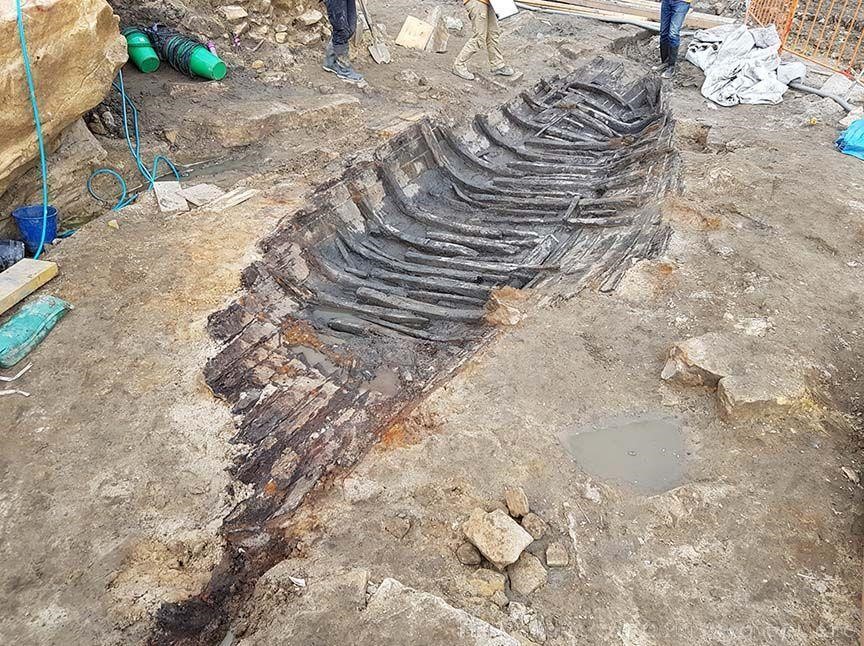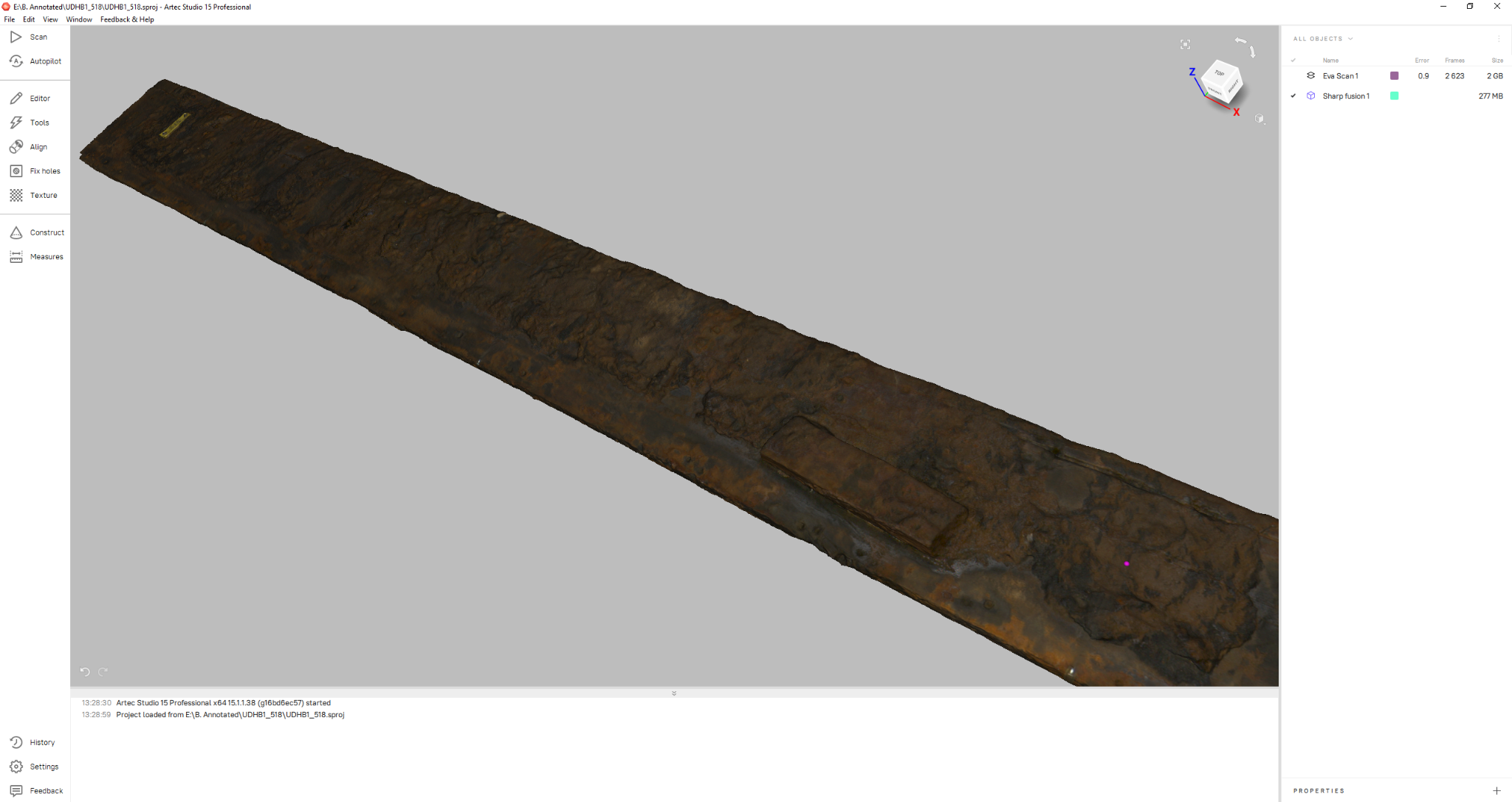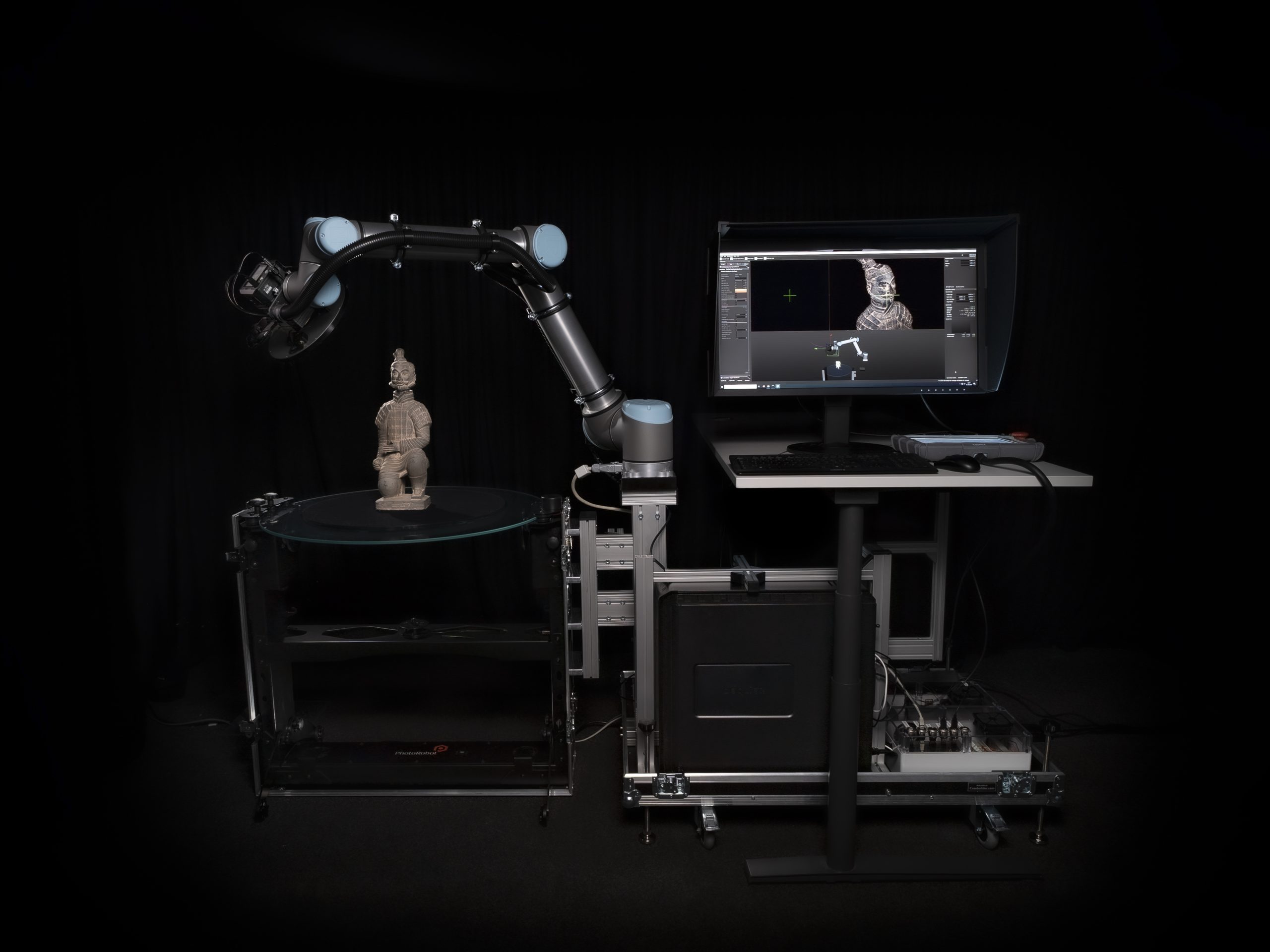A 19th-century boat discovered in Sydney, Australia, has been brought back to life for display at the Australian National Maritime Museum by 3D scanning and 3D printing.
Called the Barangaroo Boat, the vessel was unearthed in the vicinity of a shipyard during excavations by Sydney Metro for a new Barangaroo Station, and is expected to date back to around 1820. The site was taken over by Silentworld Foundation, an Australian non-profit focused on marine archaeology, history, culture, and heritage.
While the original boat is being prepared for display, the Silentworld team turned to Luxembourgish 3D scanner developer and manufacturer Artec 3D to digitize each piece of the boat and record any information they could. From the scan data, a replica of the boat is to be 3D printed and assembled as a test run before the team attempts the real thing in two to three years time.
“It was a development project that Sydney Metro was undertaking at several locations in Sydney city,” said Renee Malliaros, Project Manager and Maritime Archaeologist at Silentworld Foundation. “So, of course, they came across all sorts of maritime-related objects, including a little boat. Eventually, it was deemed safer for the object to be taken apart and to have each piece removed, recorded on-site, wrapped up, stored, and transported in refrigerated shipping containers.”

Scanning the Barangaroo Boat
Once the boat had been excavated from the site, the team embarked upon digitally recording the vessel in order to find out everything they could from it, and to digitally recreate it while the original boat was prepared for display.
To do this, they brought in the expertise of Artec 3D to 3D scan every piece of the boat and produce a digital 3D model from which the boat could be printed at scale. The team used the company’s flagship Artec Eva 3D scanner for the job, a lightweight, portable 3D scanner capable of producing accurate, textured 3D scans of small to medium-sized objects.
“I have spoken with Renee many, many times over the last few years, and have been up to visit them once the initial shipwreck was delivered,” said Ben Myers, Director of 3D scanning at Artec 3D’s gold-certified partner Thinglab. “This is a particularly interesting and exciting project; not only for the fact the ship is the oldest colonial Australian-built craft ever to be excavated but also for the way that this has been managed. Using Eva to record each piece to then digitally rebuild this is fascinating.”
Due to the detailed and complex nature of the task, the team brought in Belgian 3D recording specialist and maritime archaeologist Thomas Van Damme who has substantial experience in digitally recording ship timbers in this way. The team were able to scan the pieces of the boat far quicker and more accurately than they could have done with other methods, such as 2D drawings or 3D contact tracing.

“With 3D contact digitization, you’re only tracing the features that the archaeologist thinks are important, but you’re missing some features,” said Van Damme. “What Artec Eva gives you is an objective 3D reproduction of the timber itself having both geometry and color.”
The ability to digitally record each piece of the boat – of which there were nearly 300 – was vital to the project’s success, as the pieces needed to be scanned as soon as they were unwrapped to avoid being spoilt.
“Scanning with Artec Eva, some of the pieces were so little I’d just zip around it once, flip it over, zip it round again, and that was it,” said Malliaros. “I was actually getting dizzy because I was walking so fast. The capture was so good and quick, I set it to real-time fusion, so it was like painting it as I was going along.”

Processing and 3D printing the replica
Once the scan data had been collected, it was imported into 3D modeling software Rhino where the team could highlight major features of the pieces. Scientific analyses of the fabric of the boat and the surrounding sediment are also underway.
“It is really important that we highlight the patterns – tool marks, nail-hold patterns, grain direction, compression marks, etc – because that’s all going to be really crucial data for later on,” continued Malliaros.
Through Rhino, the team was able to convert the scan data into 2D drawings of each of the 300 pieces in the space of one month, a far quicker process than the organization’s former tracing method, which would have taken around a year.
From this, scaled versions of each piece will be 3D printed and assembled as a practice run for the real reconstruction of the boat, which is expected to be attempted in two or three years’ time.
“Before work starts on the actual pieces of the boat, there will be a practice run just to see how all the pieces are going to fit together, and also what kind of support cradle system will be needed,” Malliaros added. “There will be a scaled-down jigsaw puzzle version of the boat, and once that is put together – cool! Now to do it for real.”
Since the Barangaroo Boat, Malliaros has scanned three more shipwrecks, bringing the total number of boats discovered and 3D scanned by Silentworld Foundation to four.
“We look forward to building on our relationship to assist the Foundation with exploring how they can possibly utilize more of the Artec range,” said Myers. “We are hugely honored to have helped out in a small way to assist the Silentworld Foundation in recording and using the 3D data.”

3D scanning artifacts
3D scanners have proved a useful and convenient tool for digitizing relics, ancient artifacts, and historic sites.
For instance, the Scan the World project has opened up museum collections to a wider audience with free access to thousands of high-resolution scans, and has recently partnered with Google Arts & Culture to expand its open-source collection of 3D printable art.
Elsewhere, archivists at the Texas Through Time museum have leveraged NVision’s 3D scanning technology to digitally preserve the fossilized skeleton of an ancient predator, and Spain’s National Archaeological Museum utilized an ACCIONA 3D scanner to create a replica of the San Pedro de las Dueñas Arch.
3D scanning technology has also been used to produce replicas of treasured statues and historical sculptures, including a digital twin of Michelangelo’s David.
Most recently, the Fraunhofer Institute for Computer Graphics Research (IGD) developed an upgraded version of its robotic arm-mounted archival 3D scanner, the CultArm3D, designed to accurately capture and recreate 3D models of museum exhibits.

Subscribe to the 3D Printing Industry newsletter for the latest news in additive manufacturing. You can also stay connected by following us on Twitter and liking us on Facebook.
Looking for a career in additive manufacturing? Visit 3D Printing Jobs for a selection of roles in the industry.
Subscribe to our YouTube channel for the latest 3D printing video shorts, reviews and webinar replays.
Featured image shows the Barangaroo Boat is thought to have been pulled up on shore at the end of its life, where it remained until it was unearthed during the excavations by Sydney Metro for the new Barangaroo Station. Photo via Irini Malliaros/Silentworld Foundation.



